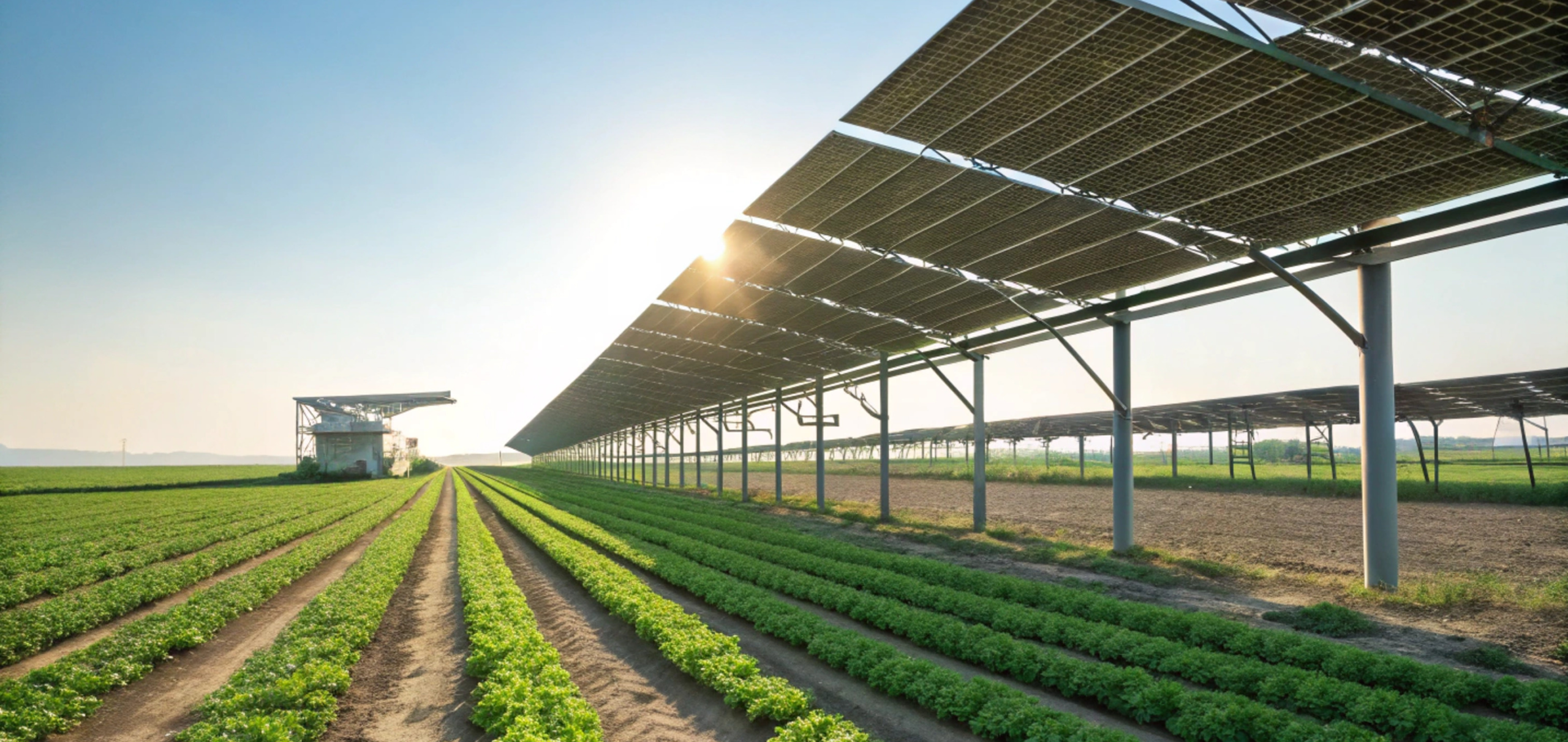India is standing at a historic moment where climate change, energy demand, and agricultural vulnerability intersect in a way that exposes the limitations of conventional policy and infrastructure planning and calls for bold, integrated solutions.
Agrivoltaics, the practice of combining solar energy generation with crop cultivation on the same land, is not a marginal experiment but a strategic necessity that can stabilize rural incomes, accelerate the energy transition, and position India as a global leader in climate-resilient infrastructure. For too long, agriculture has been treated as a standalone sector, energy as another, and climate as an abstract target, but the reality is that the economy, society, and the environment are deeply interconnected, and ignoring this fact risks systemic failure.
Farmers face rising uncertainty from erratic monsoons, soil degradation, extreme heat, and fluctuating commodity prices, and any approach that does not protect them is economically short-sighted. Agrivoltaics offers a solution that is both practical and transformative because it creates a dual revenue stream where high-value crops can be cultivated under elevated solar panels while electricity is fed into the grid, securing predictable income for farmers while advancing national energy and climate goals.
The choice is stark: embrace this integrated model to safeguard rural livelihoods and the energy transition or persist with fragmented policies that perpetuate vulnerability and squander global leadership.
Despite the immense potential, India is falling behind because policy frameworks remain fragmented and inconsistent, financing mechanisms are insufficient, and institutional leadership is hesitant. Current programs focus on non-productive land and fail to integrate energy generation with productive agriculture, leaving smallholder farmers unable to participate due to the high upfront cost of elevated solar panels and limited access to capital.
Regulatory frameworks in multiple states require reclassification of farmland for solar use, creating administrative bottlenecks that deter investors and stall projects. Without decisive reforms, risk-sharing mechanisms, and innovative financing, agrivoltaics will remain an opportunity for a privileged few rather than a national strategy capable of transforming rural economies. The world is moving rapidly in energy and agricultural innovation, and India cannot afford to lag. If India fails to act, it risks losing not only economic growth and rural stability but also the opportunity to set global standards in climate-resilient infrastructure.
Technology exists to optimize agrivoltaics in a way that maximizes both crop yield and energy output. Advanced modeling can determine ideal panel placement, spacing, and orientation to create optimal microclimates, allowing high-value crops to thrive while generating electricity efficiently. Sophisticated simulations of light, heat, and irrigation needs can predict yields and inform crop selection, yet technology alone cannot deliver impact.
Institutional leadership is essential to coordinate government agencies, private developers, research institutions, and farmers, establish clear contracts, streamline approvals, and provide training so that farmers are empowered to implement and maintain these systems successfully. Without this coordination, even the most technologically advanced models will fail to scale, and India’s potential to lead in integrated, sustainable infrastructure will remain unfulfilled.
The implications of agrivoltaics extend far beyond domestic economics. Globally, nations that integrate energy and agriculture effectively will define the standards for climate-smart infrastructure, economic resilience, and technological leadership. India has the talent, natural resources, and strategic imperative to lead in this emerging field, yet hesitation or fragmented implementation risks ceding this global leadership to countries willing to act decisively. The international stakes are clear: those who innovate and implement integrated solutions first will shape the rules of sustainable development for decades. India cannot wait for perfect conditions; it must act with urgency and vision to assert itself as a leader rather than a follower.
Every month of delay prolongs vulnerability for millions of rural households, slows renewable energy adoption, and diminishes India’s credibility as a global innovator in sustainable infrastructure. The evidence is clear, the technology is ready, and the economic and social imperatives demand action.
Scaling agrivoltaics requires a comprehensive approach that combines policy reform, financial innovation, institutional leadership, and capacity building. National recognition of agrivoltaics as a legitimate land-use category, streamlined regulatory processes, accessible financing, clear taxation frameworks, and risk-sharing mechanisms are essential. Public-private partnerships can reduce capital barriers, accelerate deployment, and ensure inclusivity for smallholder farmers. Training programs, knowledge-sharing platforms, and extension services will empower rural communities to implement and maintain systems effectively. This approach is not optional; it is a strategic imperative that can redefine India’s rural economy, energy security, and global standing.
The choice facing India is immediate and consequential. By scaling agrivoltaics decisively, the nation can transform rural infrastructure, secure livelihoods, achieve renewable energy targets, and establish itself as a global authority in climate-smart development. Failing to act will leave systemic vulnerabilities unaddressed, weaken energy and food security, and surrender global leadership in a sector that will define sustainable infrastructure for decades.
Agrivoltaics is not simply a technology, a pilot program, or a policy experiment; it is a blueprint for integrated development where economic growth, climate adaptation, and social equity are inseparable. India has the expertise, resources, and strategic positioning to lead, and the world is watching whether it will embrace this opportunity with vision and urgency or allow inertia to dictate a trajectory that is both avoidable and costly. Success will demonstrate that India can define the future of climate-resilient, multifunctional infrastructure globally, while failure will be a strategic loss the country cannot afford.
